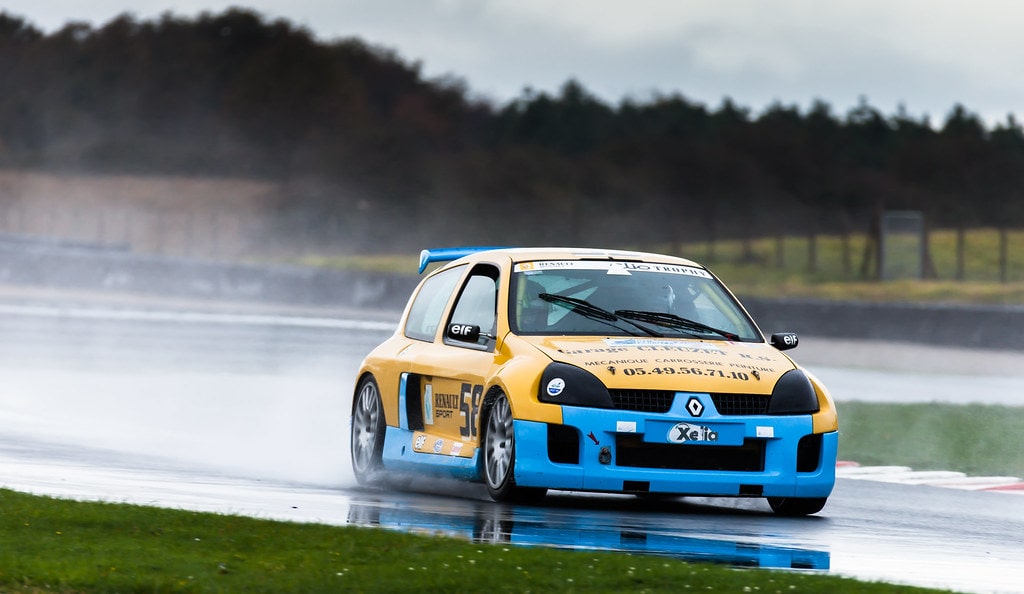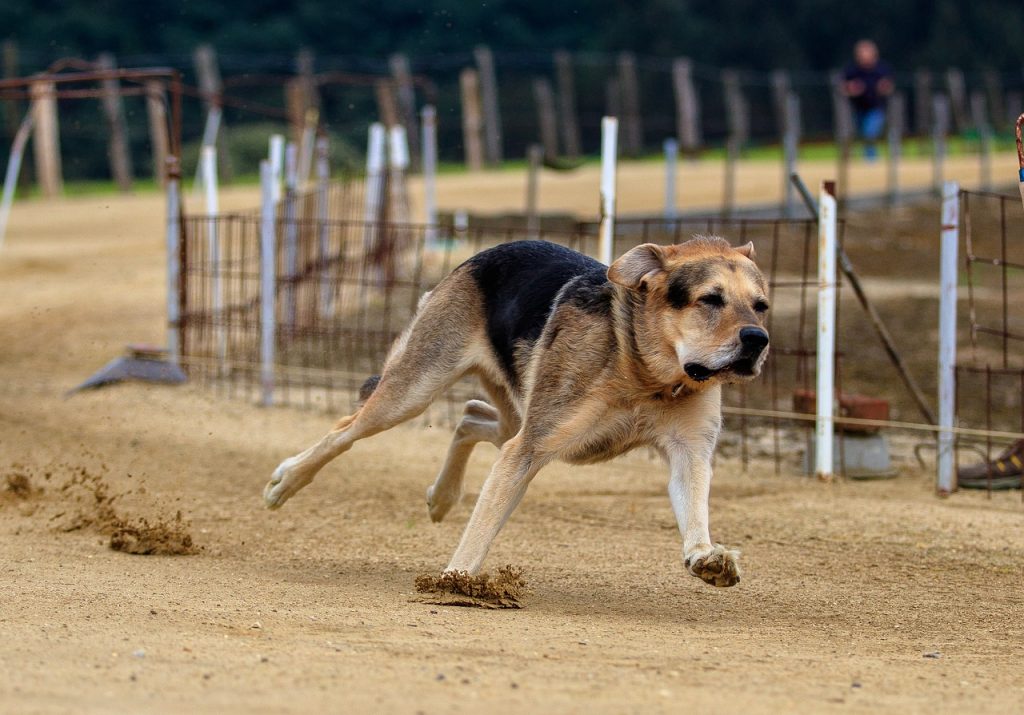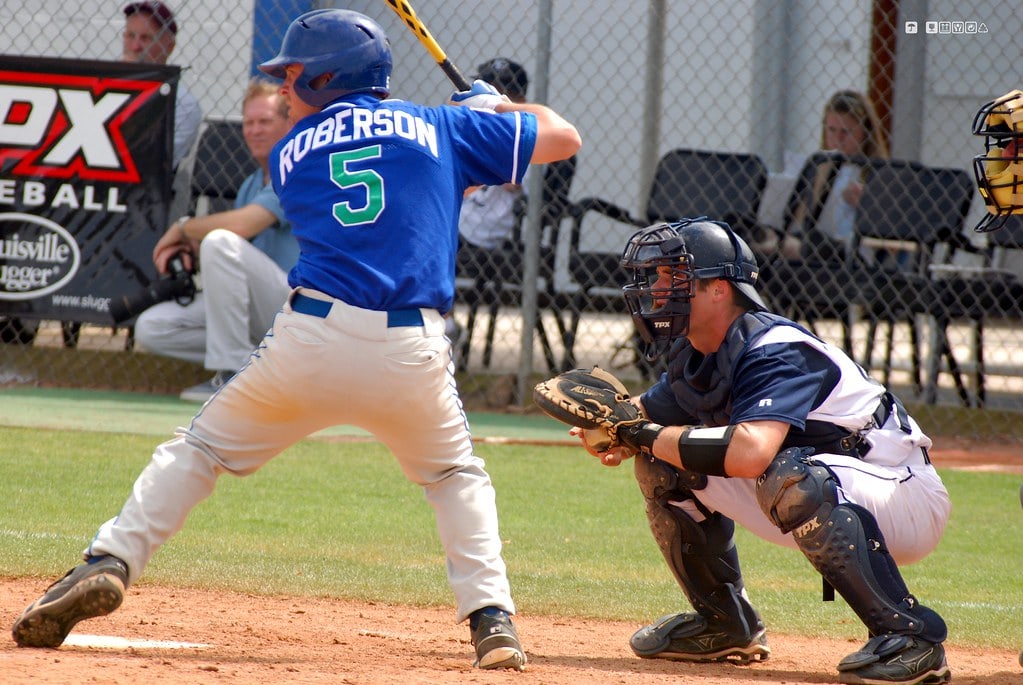Unleash Your Inner Sports Photographer: Expert Techniques for Jaw-Dropping Action Shots
Capturing the perfect action shot is a challenge that many photographers face. Sports photography requires quick reflexes, a solid understanding of the game, and the right equipment to freeze the action in a visually stunning way. This article will cover essential techniques and tips to help elevate your sports photography game.
Understanding the Sport
Before diving into the world of sports photography, it’s crucial to have a solid understanding of the sport you’re capturing. This will help you anticipate key moments, position yourself correctly, and capture the true essence of the game. Some tips to enhance your understanding of the sport include:
- Study the rules: Familiarize yourself with the rules and regulations of the sport to know when crucial moments are likely to occur.
- Analyze previous games: Watch previous games or analyze other photographers’ work to understand the sport’s common patterns and key moments.
- Talk to players and coaches: Gain insights from players and coaches about their strategies and what they consider essential aspects of the game.

Choosing the Right Equipment
Having the right equipment is essential for capturing high-quality action shots. Here’s a list of gear you should consider investing in for sports photography:
- A fast camera: Look for a camera with a high continuous shooting speed (frames per second) and a large buffer to capture a burst of images without lag.
- Telephoto lenses: Invest in a telephoto lens with a focal length of at least 200mm to get closer to the action without physically moving.
- Wide-angle lenses: A wide-angle lens can help you capture the entire scene, including the environment and the crowd, adding context to your images.
- Monopod: A monopod provides stability for your camera without the bulk of a tripod, allowing you to move freely along the sidelines.
- Extra batteries and memory cards: Always carry extra batteries and memory cards to ensure you don’t miss any critical moments during the game.

Camera Settings for Sports Photography
Setting up your camera correctly is crucial for capturing sharp, well-exposed action shots. Here are some recommended settings for sports photography:
- Shutter speed: Use a fast shutter speed (1/1000s or faster) to freeze the action and avoid motion blur.
- Aperture: Use a wide aperture (low f-number) to isolate your subject and create a shallow depth of field.
- ISO: Adjust the ISO based on the lighting conditions, but be cautious about raising it too high, as this can introduce noise to your images.
- Focus mode: Use continuous autofocus (AI Servo for Canon or AF-C for Nikon) to track moving subjects and maintain focus throughout the shot.
- Drive mode: Set your camera to continuous shooting mode to capture multiple frames per second.

Positioning and Composition
Knowing where to position yourself and how to compose your shots is crucial for capturing compelling sports images. Here are some tips to help you nail the perfect shot:
- Anticipate the action: Position yourself where you expect the action to happen, such as near the goal in soccer or the finish line in a race.
- Follow the ball: Keep an eye on the ball or the main point of action to capture the most exciting moments.
- Capture the emotion: Focus on the players’ expressions and reactions to convey the intensity and emotion of the game.
- Look for interesting angles: Experiment with different shooting angles and perspectives to create unique and visually engaging images.
- Include the environment: Incorporate the surroundings, such as the stadium or the cheering crowd, to add context and atmosphere to your shots.

Post-Processing Tips
Post-processing is essential to sports photography, as it allows you to fine-tune your images and bring out the best in them. Here are some tips for editing your sports photos:
- Cropping: Crop your images to improve composition, remove distractions, and emphasize the main subject. Be mindful not to over-crop, as this can result in losing image quality.
- Adjusting exposure: Fine-tune the exposure to ensure your images are well-balanced and have the right brightness, contrast, and shadows.
- Boosting colors: Enhance the colors in your images to make them more vibrant and eye-catching. Be careful not to overdo it, as overly saturated colors can look unnatural.
- Sharpening: Apply sharpening to your images to highlight the details and make them look crisp. Use this feature sparingly, as too much sharpening can introduce unwanted artifacts and noise.
- Noise reduction: If you shoot at a high ISO, you might need to apply noise reduction to eliminate any graininess in your images. Be cautious not to overdo it, as excessive noise reduction can result in a loss of detail.
- Adding vignettes: Apply subtle vignettes to draw the viewer’s eye toward the main subject and add depth to your images.

Conclusion
Sports photography can be challenging, but with the right techniques, equipment, and a solid understanding of the sport, you can capture stunning action shots that truly convey the excitement and emotion of the game.
Remember to anticipate the action, experiment with different angles, and maximize your camera settings to freeze the action in time. Finally, don’t forget to polish your images in post-processing to create captivating, professional-looking sports photographs.






